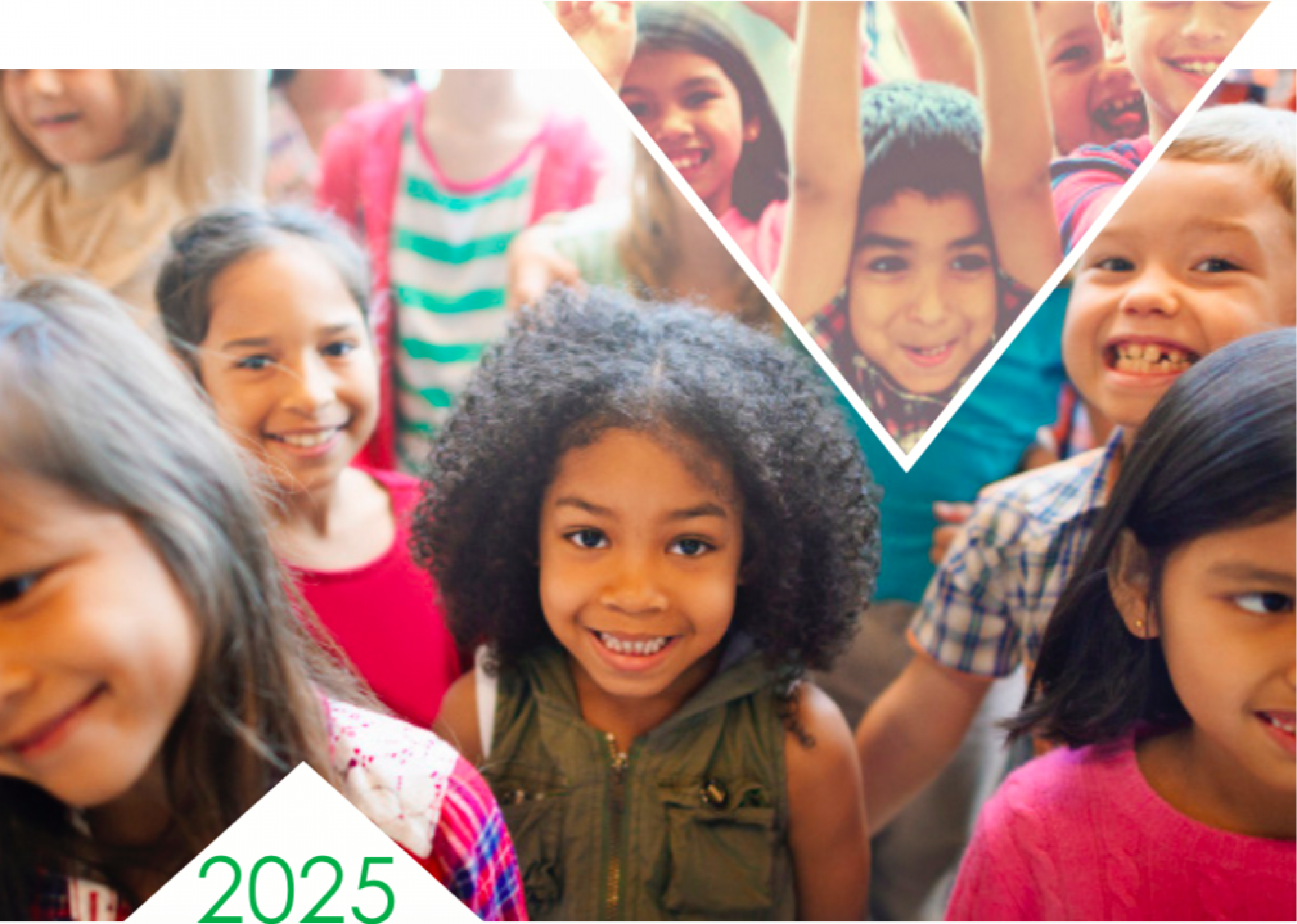Diversity
Our different identities such as age, race, ethnicity, socio-economic status, physical and mental ability, gender, sexual orientation, spiritual practices, employment status, geographic location and other Characteristics. (5)
Inclusion
Moves beyond simply having diversity within a space and toward creating an equitable environment where the richness of ideas, backgrounds, and perspectives are harnessed. Inclusion is the act of creating a space where each person is authentically valued, respected and supported. (2)(5)
Culture
The shared experiences of people, including their languages, values, customs and worldviews. (1)(3)(5)
Equity
When a person or group receives the unique resources and opportunities needed to reduce or eliminate the barriers. (5)
Equality
When each member of a society or group receives the same resource or treatment regardless of what may be needed to achieve a desired outcome. (10)(5)
Culturally Relevant Teaching
Teaching practices that use the cultural knowledge, viewpoints, and social conditions of our participants to make our programs more relevant. (5)
Stereotype
Generalized beliefs and expectations about members of certain groups that often lead to judgement without cause. (5)
Implicit Bias
The attitudes or stereotypes that affect our understanding, actions and decisions in an unconscious manner. (5)
Oppression
The discrimination of one social group for the benefit of another. (5)
Social Justice
The act of distributing power, resources, opportunity, societal benefits, and protection in a way that is equitable for all members of society. (5)(2)
Intersectionality
The notion that identities such as gender, race, class and others can be examined in isolation from one another; they interact and intersect in individuals’ lives, in society, in social systems, and are mutually constitutive. (5)(9)
Click here to access a pdf version of the “Increasing Cultural Awareness & Equity in Extension Programs” equity modules definition list. To view the full equity modules, please visit campus.extension.org. Follow the instructions below to enroll in course:
- The login pane is on the left hand side of the screen. Enter existing login credentials or choose “Create New account”
- Once logged in, search for the course “Increasing Cultural Awareness & Equity in Extension Programs”
- To enroll in this course
- Select the course
- Enter the Enrollment Key (your state name, i.e. Maryland)
- Select “Enroll Me”
References
1) American Evaluation Association. (2011). American Evaluation Association Statement On Cultural Competence. In Evaluation. January 19, 2017. http://www.eval.org/p/cm/ld/fid=92.
2) Baltimore Racial Justice Action. (2016). Baltimore Racial Justice Action: Definitions. November 30, 2016. http://bmoreantiracist.org/resources-2/explanations/
3) Deen, M., Parker, l. & Huskeym M. (2015). Navigating Difference Cultural Awareness Notebook. Pullman, Washington: WSU Extension Publishing.
5) Fields, N. (2019). Increasing your Cultural Awareness and Equity in Extension Programs. Retrieved from: campus.extension.org
6) Hudson, J. T. (2011). Moving from diversity to inclusion. Retrieved from http://www.diversityjournal. com/1471-moving-fromdiversity-to inclusion/http://www.diversityjournal.
com/1471-moving-fromdiversity-to-inclusion/.
7) Niblett, B. (2017). Social Justice Education: Stories and strategies for teachers. Bethany, OK: Woods N Barnes Publishing.
8) Sensoy, O. & DiAngelo, R. (2012). Is everyone equal? J.A. Banks (Ed.). New York, NY: Teachers College Press.
9) University of Washington Tacoma Diversity Resource Center. (2015). Diversity and Social Justice Glossary. Retrieved from:https://www.tacoma.uw.edu/sites/default/files/sections/Diversity/diversity_glossary.pdf.pdf
10) Fields, N. Increasing Cultural Awareness & Equity in Extension Programs. (2018, April 1). Retrieved from https://campus.extension.org/

